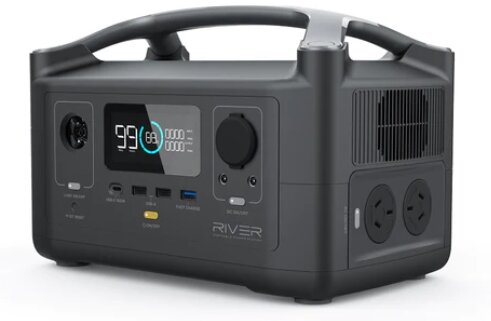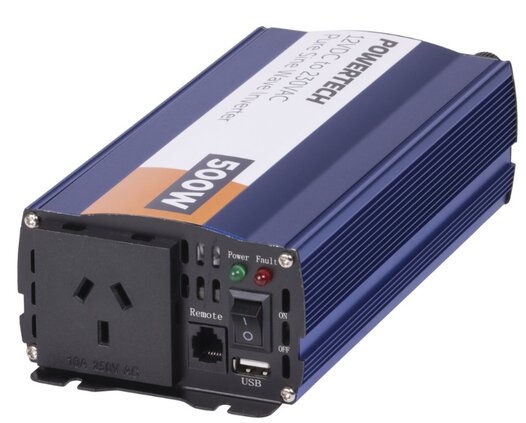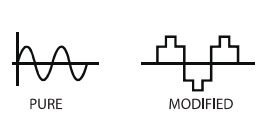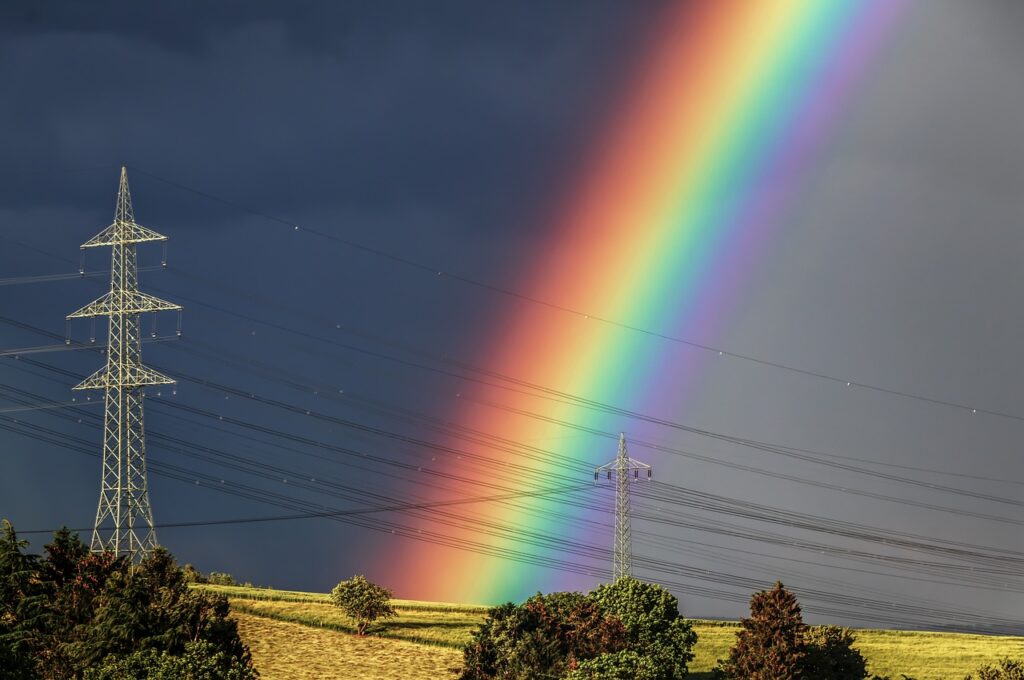Cyclone Gabrielle is showing us the importance of backup power and communications. But how to run Starlink during a power failure? There are a few backup power options depending on your requirements and budget.
But first, consider the following:
- Required run time?
- Pay and play, or something more complicated?
- How often are you expecting to be without mains power?
- Other devices to power?
- Alternative power sources (eg solar panels, car engine) ?
- Access to electric vehicle with a 230V outlet?
A General purpose supply
A Portable Power Station is a good option for both convenience and long run times. The EcoFlow RIVER will power a standard rectangular dish for around 6 hours. Connecting a laptop may reduce this runtime by an hour or so. Charging a phone will have negligible impact.
The runtime can be extended by connecting the EcoFlow to a solar panel or your car’s battery.
The main disadvantage of a Portable Power Station is the cost (~$800).

Budget Option
An Inverter connected to your car battery is very economic, and will provide extended run times if required (by using the engine). There is however the hassle factor in running cables from your car battery.
Some of the inverter manufacturers tend to exaggerate the capacity of their products, and Starlink is a difficult load because of the peaks. So to be on the safe side, I would suggest the following minimum ratings:
- 300VA, pure sine wave
(500VA for older round Starlink dish )
A safe run time would be two hours (taking the battery down to ~80%) on an average battery in good condition. (1hr for the round dish). After that, start the engine to recharge the battery.
See the blog Powering Starlink With An Inverter.

Other options
These usually have small batteries. UPSs with run times of over an hour can get expensive. Its often difficult to determine Starlink runtimes from the limited information provided. A great option if you get frequent short outages.
A pure sine wave inverter type generator is needed to protect electronics. Higher maintenance than other options.
Vehicle-to-load (V2L) is a feature available on some electric vehicles (eg Kia EV6 LR, BYD Atto 3 and MG EV) that lets them use their stored energy to power external devices, such as 230V electrical camping equipment, and Starlink. Huge capacity.
More efficient, but complicated. See Dishypowa.
FAQ
How much power does Starlink use?
The standard rectangular dish uses around 40W on average. However the peaks are over 100W.
The dish has a snow melt function. You dish will use more power when its snowing.
The original round dishes (with black cable) use significantly more power. Around 90W on average, and 200W peak.
There was a version of the round dish with a grey cable. I believe that this uses less power than the original round dish.
What is "pure sine wave"?
There are two types of power sources.

The pure sine wave is a cleaner source of power. Starlink advises that “modified sine wave” power sources are also acceptable.
However I recommend a pure sine wave inverter is used because they are kinder on the router and are quieter. They also tend to be of higher quality.

There may be some delay before your comment is posted.
*name optional